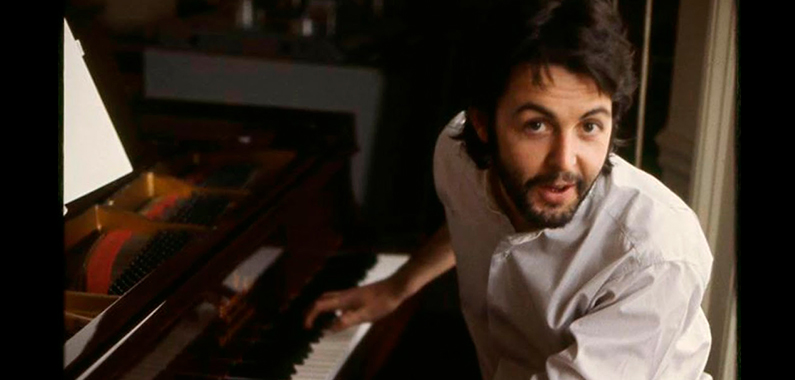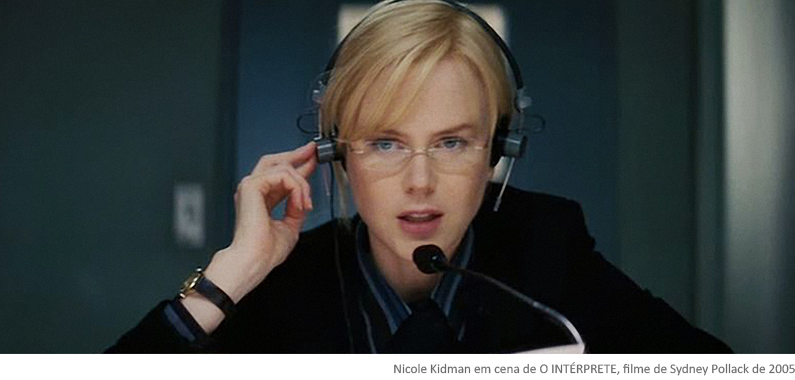For many people Sydney Pollack’s 2005 political intrigue movie with Nicole Kidman offered perhaps the first opportunity to take a peep into a professional interpreter’s routine . In the movie, Nicole plays Sylvia Broome, a UN interpreter who ends up getting involved in the assassination plot of an African head of state. I must say that the speakers she’s seen translating are the best ever, as they speak clearly and categorically….I got brutally envious. In my experience, we’ve always had to be acrobats.
 Interpreting is actually fraught with “danger”, not the kind of danger we see in Pollack’s movie, though. The risk and adrenaline come mostly from the working conditions (sound quality etc) and our speakers, our mystery speakers, whom we sometimes meet only minutes before we sit down in the booth or not at all. More often than not, you only find out that your speaker is not a native speaker of English right there and then. Sometimes things get real tough but don’t let panic take the best of you… when you can understand only 3 out of every 10 words you have to make do by translating the slides (hopefully they will be in English), speaking from your notes and research on the topic or decoding the words you hear and putting together some kind of key.
Interpreting is actually fraught with “danger”, not the kind of danger we see in Pollack’s movie, though. The risk and adrenaline come mostly from the working conditions (sound quality etc) and our speakers, our mystery speakers, whom we sometimes meet only minutes before we sit down in the booth or not at all. More often than not, you only find out that your speaker is not a native speaker of English right there and then. Sometimes things get real tough but don’t let panic take the best of you… when you can understand only 3 out of every 10 words you have to make do by translating the slides (hopefully they will be in English), speaking from your notes and research on the topic or decoding the words you hear and putting together some kind of key.
Let me illustrate…once we translated an Asian expert on wire drawing. It took us an entire half-hour to understand that “wya lod” …was in fact “wire rod” that in Portuguese is “fio-máquina”. This is how it dawned on us that we needed to build a key from “his English” into standard English and then into Portuguese, so that we’d survive the test… It worked ! Everyone understood his presentation and our client was extremely pleased at the end of the day. Mission accomplished, but at what cost….by the time he concluded, we were completely drained. So it’s a good idea to include some acrobatics in your training.
There are times when our contact is an agency, an intermediary, who sometimes feeds us inaccurate information. We’ve recently translated an expert on developed country policies from Quebec, Canada. In our preparation, we visited his university’s website, read his papers, and noticed that absolutely everything was in French. The organiser gave us assurances that he would indeed speak English, not French, pressed by my constant questioning about the language. That did nothing to assuage my suspicions. And they proved right ! As we were introduced to our Québécois speaker he greeted us in French and said that obviously he’d deliver his presentation in French. I froze. Well, we ended up doing an on-sight translation of a five-page text in French that was handed to us 5 minutes before we walked into the booth. Note: though we have some French we don’t use it in the booth, but we had to that day and nobody noticed a thing. Once again, our acrobatic skills saved the day!








